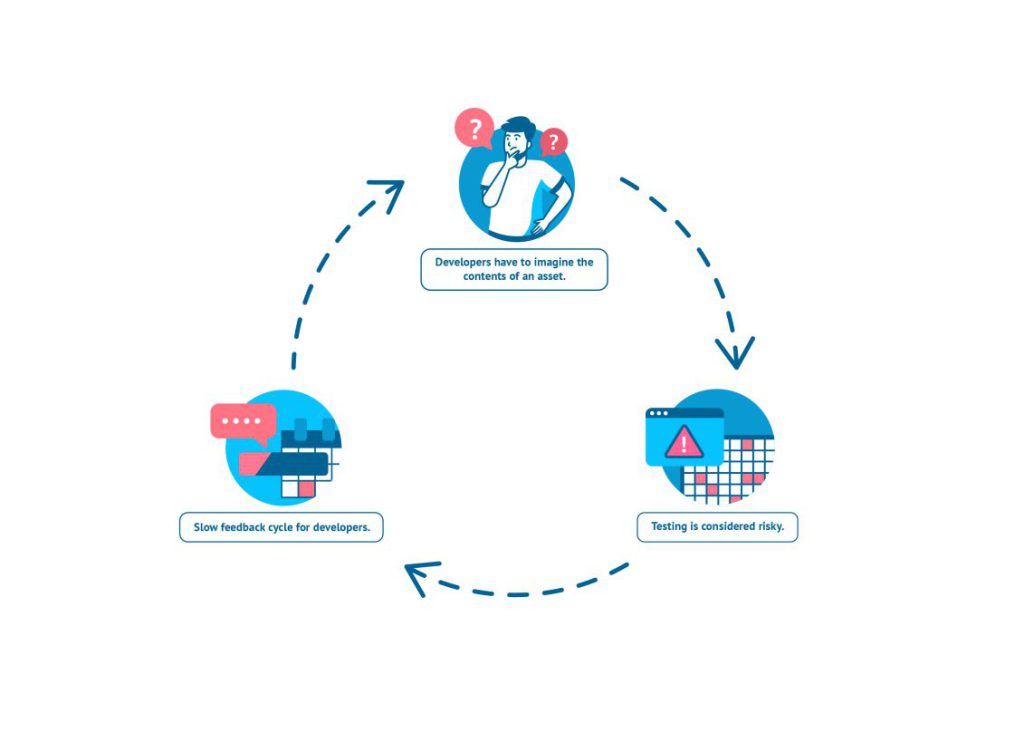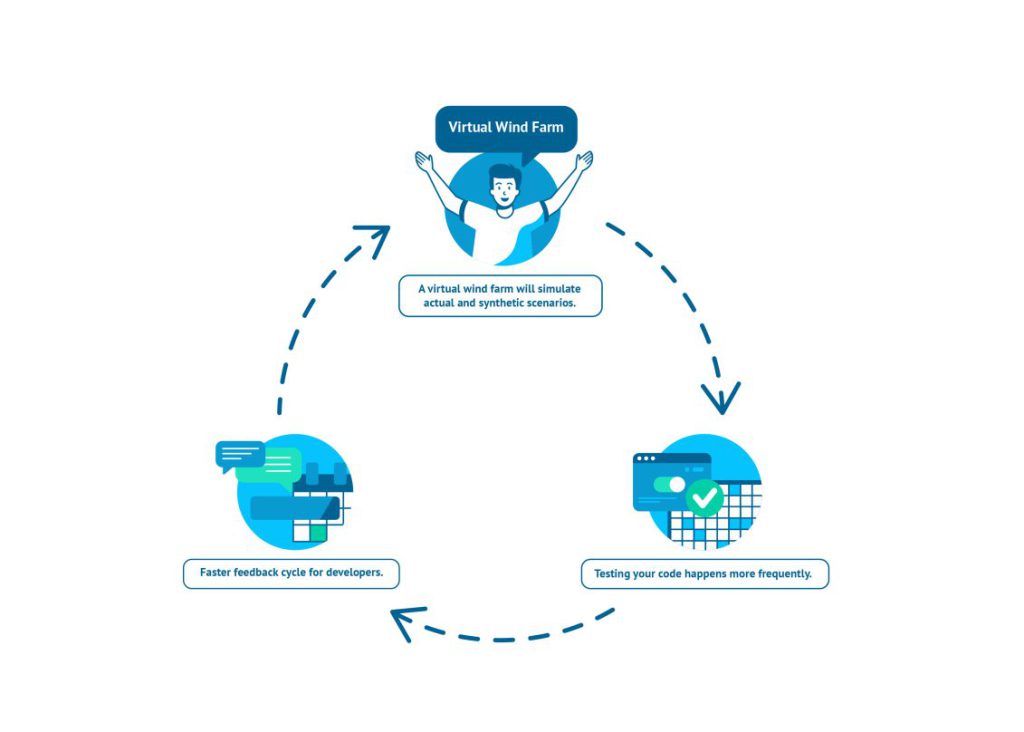Software plays a crucial role in today's wind turbines. Each wind turbine contains thousands of digital components that contribute to the wind turbine running optimally, but the digital layer also presents significant challenges. How do you quality-check software in an operational wind farm? The virtual wind farm is a cost-friendly, safe, and efficient tool.
Created by Nicolai Cryer, Software Consultant at SCADA MINDS.
Software Quality Assurance (QA) is a fundamental and integral part of all software development, including in the wind turbine industry, where software plays an increasingly important role. Wind turbines consist of physical devices and contain a fine-meshed digital layer with thousands of digital components that feed the operators with data on current operational and maintenance needs.
In other words, insights that make it possible to fine-tune and optimise the yield of the wind turbines. But wind turbines provide QA with additional challenges because software code must be quality checked while the wind turbines are in operation. The risk of downtime is extremely high, which has serious consequences, as wind farms are critical infrastructure. For the same reason, regulatory compliances may make this approach impossible.

This leaves the wind turbine industry's software engineers in a big dilemma. How do you develop software that works as intended and integrates with the intended elements now and in the future when you cannot test the applications in the final environment? And how do you ensure that the software does not send unintended commands that affect the performance of the entire wind farm?
Test away in the virtual wind farm
A virtual wind farm is an obvious solution to the quality test problem. A virtual wind farm is a digital layer that simulates the physical wind farm, where software developers can quality test their code in a 1:1 digital environment without compromising cybersecurity.
At SCADA MINDS, we have held several workshops to identify what particularly challenges software developers in the testing phase and what demands it places on virtual wind farms. We conclude that a virtual wind farm should enable the following:
- Simulate 1:1 the interface found in the physical wind farm.
- Simulate actual scenarios representing known events you want to verify that the software can handle correctly.
- Simulate synthetic scenarios representing speculative events you want to test the software against.
- Simulate an unstable network within the wind farm to test whether and how the software works under these conditions.
- Simulate irregular access to the wind farm by losing connection to your wind turbines.

Speeding up development
If these conditions are met, software developers have a completely secure, realistic test environment where they can test the stability and performance of their code in different situations. They can test not just one specific wind turbine but a whole park of other turbines from different manufacturers, which real wind farms consist of.
Ensuring a software developer's code works before implementation is critical. Because when software testing is perceived as a high-risk activity – which is the norm today – there is a reluctance to conduct tests. It goes against all modern software principles, where frequent testing is the key to frequent feedback, which in turn is the key to better software.
Virtual wind farms can thus provide the starting point for a more efficient development and implementation process and thus strengthen the momentum of innovation in the wind turbine industry.

